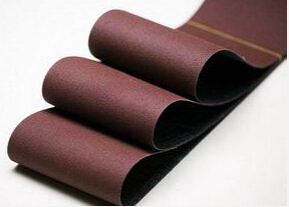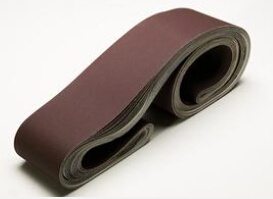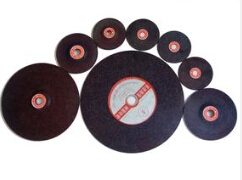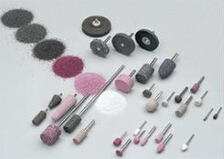Process properties of refractory raw materials
Zhongsen Editor 2021-06-30The technological properties of refractory raw materials mainly depend on the mineral composition and particle composition of the raw materials, and are closely related to the manufacturing process of refractory materials. Such properties mainly include particle size and particle size distribution, fineness and specific surface area, plasticity and bonding, drying shrinkage and firing shrinkage, sintering temperature and sintering range.
1. Particle size and particle size distribution
Particle size refers to the particle size of refractory raw materials. Particle Size Distribution (PSD) refers to the percentage by weight of particles of each particle size within the range of continuous and different particle size levels (expressed in mm, μm or mesh mesh). The particle size distribution of clay raw materials has a great influence on its plasticity, drying performance and sintering performance. The particle size distribution of the raw materials has a significant effect on the bulk density, porosity, mechanical strength and thermal shock stability of refractory products. In order to obtain refractory materials with stable quality, in addition to the requirements for the chemical mineral composition of the raw materials, there should also be clear requirements for the particle size distribution.
The determination of particle size distribution usually uses sieve analysis and particle analyzer. Sieve analysis includes dry sieving and water sieving. Due to the limitation of the sieve aperture, sieve analysis is suitable for the determination of the particle distribution of coarser particles (>10μm). Particle analyzers are usually used to determine the size distribution of clay and fine particles of differential grade.
2. Fineness and specific surface area
Fineness indicates the degree of thickness of the powdered raw materials, often expressed in percentage of sieve residue or specific surface area of a standard sieve. It can also be expressed in terms of percentage composition of particle size or average diameter of material per unit weight. There is no strict zone between fineness and particle size, but the former is used to indicate the degree of fineness of fine powdered raw materials.
"Specific surface area" refers to the surface area per unit mass of raw materials, and the unit is m2/g. The specific surface integrates the external surface area and the internal surface area. The ideal non-porous raw material has only the external surface area; but the raw material with pores has an internal surface area in addition to the surface area. There are many methods for measuring specific surface area, such as gas adsorption method, organic molecule adsorption method and gas permeation method.
3, plasticity and combination
The property that a substance deforms without cracks after being subjected to an external force. After the external force is released, the deformed form remains and does not return to the original state is called plasticity. Plasticity is an important molding process index for bonding clay. Plasticity is related to the ability of solid particles to absorb water, specific surface area, and water volume. For example, after adding water to clay, a water film is adsorbed on the surface of a large number of clay particles, so that the particles are not only easy to slide under external force, but also have a certain binding force. , Which has high plasticity.
Plasticity can be measured by the plasticity index method and the plasticity index method, and it can also be measured by plastic moisture. The plasticity index refers to the variation range of water content when the clay is in a plastic state, and its value is equal to the difference between the liquid limit (liquid limit) and the plastic limit (plastic limit). The liquid limit is the upper limit of water content when the mud is in a plastic state. When the water content exceeds the liquid limit, the mud is in a semi-solid state. The difference between the liquid limit and the plastic limit, expressed as a percentage, is the plasticity index.









